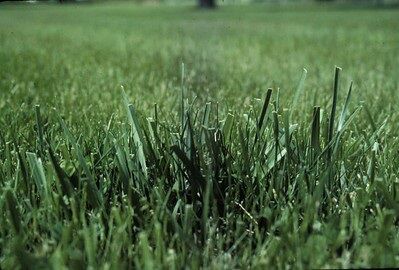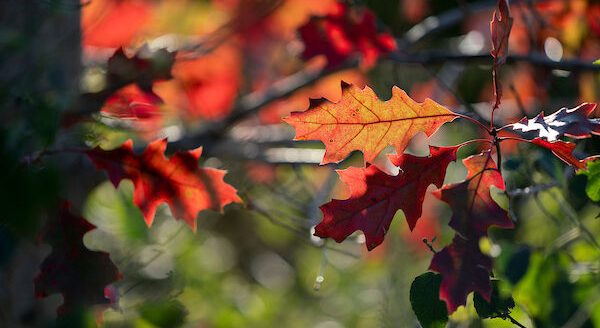Tree health assessment
K-State Research & Extension Horticulture Specialist Ward Upham wrote an article recently entitled: How Healthy Is My Tree? Seems to me to be a pretty good question. Many would say we experienced some pretty cold weather this winter. Could that have done some damage? I would contend that it was pretty dry as well, and I’m certain that has resulted in some problems. What do we need to be looking for?
Start by taking a look at the new growth the tree is putting out. A healthy tree should have a minimum of four to six inches of new growth each year. If you take a look at branches not in the shade of the tree itself, and the majority of them don’t show at least four inches of new growth, you could be looking at a tree under stress. When doing your evaluation, look for a color change in the stem. New growth is often greener than that from the previous year. You might note a compressed growth area where the transition occurs as well.
Then, look at the leaf attachments. Since leaves are only produced on current seasons’ growth, new growth stops where leaves are no longer attached directly to the twig but to side branches. It can be tough to tell, so you’ll have to look closely. Leaves may be appear attached directly to last year’s growth but are actually borne on short spurs.
If new growth is short and very few leaves are coming from the current season’s growth, you might have something to be concerned about. Unfortunately, it doesn’t tell you what to be concerned about. That will take a little more digging.
The vast majority of stress this year is a result of environmental type issues. Cold winter weather has actually resulted in weak bud junctions on the new growth in some trees, resulting in branch drop. Many of the issues we’re seeing right now with thin canopies and suffering trees are a result of dry weather. Plus, while we did see plenty of cold weather, we had some warm stretches as well. Those are more detrimental to tree survival than we often give them credit for.
It may take some careful observation to determine what the stressor is so it can be addressed.
Remember—stress is cumulative. That means that trees that suffered from drought stress in 2012, but have survived until today, may well suffer increasing stress in 2018 due to damaged root systems and loss of canopy. While they’ve made it through until now, enough stress could result in a ‘collapse’ of the tree. When temperatures stay high and moisture stays low, the tree can drop branches in response—or even collapse and die suddenly. We’re typically surprised because it seemed to have recovered. Cumulative stressors had other ideas.
The best thing for stressed trees is typically water. If possible, water to a depth of 12 inches every couple of weeks we do not receive rain in order to avoid further stress.


